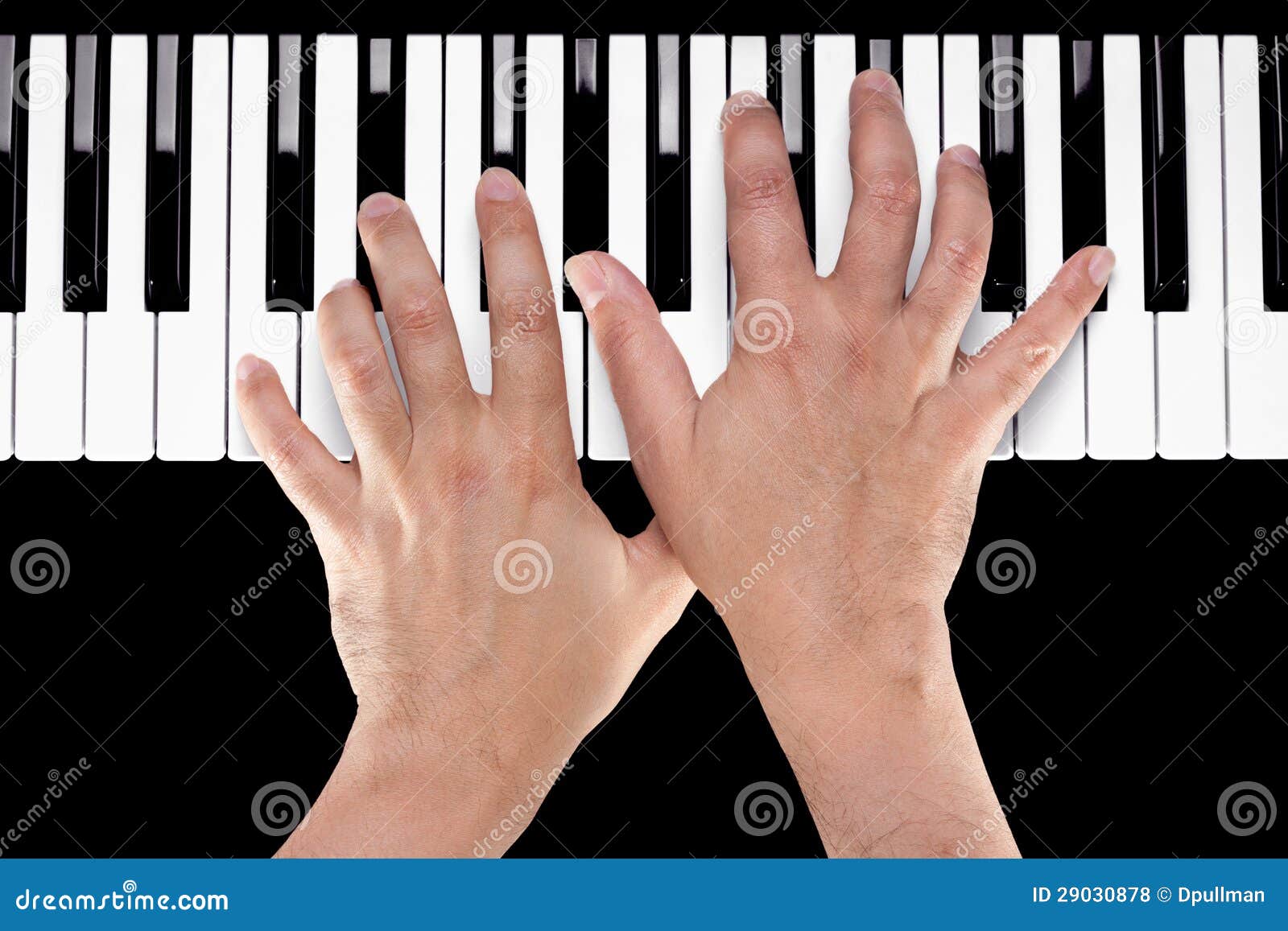

Voice-leading: Getting the succession of harmonic tones in the inner voices to form coherent melodic lines of their own, or, at least, to move in a smooth, mainly step-wise motion. The bass line and the melody form the two outer voices, and the tones in between may, to a greater or lesser extent, form melodic lines of their own called inner voices. Voice: Any one of the melodic lines formed by the flow of the music. Jazz players (and fakebooks) usually omit the verse, though singers like to use them. Verse: In many older standard songs, an introductory section, often rubato, that leads up to the 'chorus' or main strain, which is the tune as generally recognized. Also a constantly repeated bass line over which a solo is played. Vamp: A simple section like a riff, designed to be repeated as often as necessary, especially one at the beginning of a tune. From the standpoint of C7, the A triad consists of the 13th, the flat 9th, and the 3rd at the same time it has the unified sound of a major triad. Upper structure: A triad used in the upper register over a chord of a different root, such as an A major triad over a C7 chord. It's often effective to play a phrase that starts partway through a turnaround and continues past the beginning of the next section. Learning to negotiate turnarounds is essential to making a coherent solo. If the opening chord of the next section is not a I chord, the turnaround must be suitable. There are also entirely different progressions possible.

With possible substitutions and alterations, the variations are infinite. Typically the turnaround chords are I - VI - ii - V, with half a measure apiece. Turnaround: A sequence of chords, or the portion of a tune that they occupy, that forms a cadence at the end of a section of a tune, definitively establishes the tonic key and leads back to the opening chord of the next section, or to the top. Tune: A single Jazz composition or Jazz performance, a piece. In turnarounds it's common to do this for any of the chords. The substitution of a chord whose root is a tritone away. Tritone substitution: See 'Substitution'. Tritone: The interval of three whole steps, i.e. Triadic harmony is characteristic of Dixieland and rock. (2) Abstractly, a chord with a root, 3rd and 5th but no 7th. Triad: (1) Concretely, a chord of three notes - the root, 3rd and 5th - played together in close position in one of the three inversions. Transpose: To write or perform (a composition) in a key other than the original or given key, most often to accomodate the range of a vocalist or another instrument. Trading 4s usually goes on for one or two choruses. Also, two different instrumental soloists can trade 4s with each other, such as the trumpet and the sax. The latter can be one particular soloist throughout, or it can cycle through the different instruments. Trading 4s (or 8s, 2s): A form of discontinuous drum solo in which 4 measure sections are alternately played solo by the drummer, and by the band with another soloist (who goes first). Used a marked 4/4 beat, triadic harmony, 'sectional' tunes (with numerous separate sections), simultaneous improvisation, largely I - IV - V type harmonies, etc. Trad: (Traditional) the Jazz style of the of the early 1900s, known retrospectively as Dixieland. Top: The beginning point of each chorus, the first beat of the first measure. Distinguished from other minor chord functions. Tonic minor: A scale / chord with a minor 3rd and a major 6th and 7th, generally used for the tonic or home chord in minor keys. May or may not correspond to the written music. Time feel: (1) The subjective impression of which time unit constitutes one beat and how long a bar is. For the piano the word 'touch' is more usual. Students sometimes have trouble developing a real Jazz timbre. Not especially a Jazz term, but note that timbre is one of the basic dimensions of music along with rhythm, melody and harmony. Timbre: Tone quality, characteristic instrumental sound. A line played by the pianist's left thumb. Thumb line: The Jazz term for 'tenor' (q.v.).

The supposed confluence of Jazz and classical music. Third stream: A term coined by Gunther Schuller in the early 50s. For example, the diminished scale is composed of two tetrachords with identical interval constructions. Tetrachord: A four-note portion of a scale. Tenor: The voice above the bass, often that played by the thumb of the left hand. Improving one's technique generally entails practicing exercises that improve one's muscular sensitivity and agility. Technique: the ability of instrumental and vocal musicians to exert optimal control of their instruments or vocal cords in order to produce the precise musical effects they desire.


 0 kommentar(er)
0 kommentar(er)
